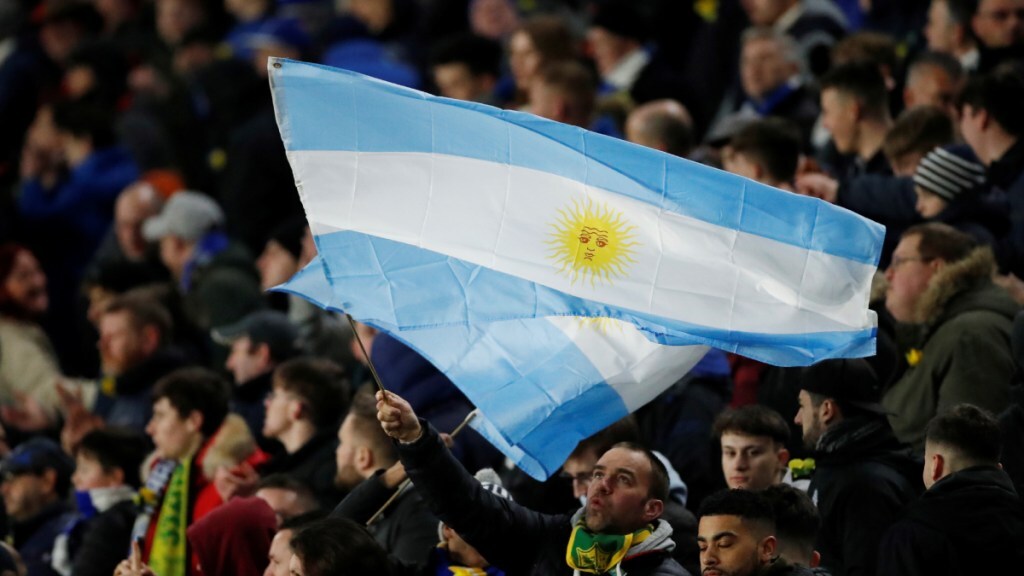By Dr Aprajita Kashyap
Argentina, a federal system, is a presidential representative democratic republic as enunciated in the Constitution of 1853. The centrality of the Presidency, a distinctive feature of the Argentine political system, is a crucial factor in explaining the policy-making processes since re-democratisation in 1983. The term of the President is four years but the President is allowed one consecutive re-election and must have a cooling-off period of one term before being eligible to run again.
The primary elections in Argentina on 13 August will finalise the candidates for the October general election and serve as a bellwether for the voting behaviour of Argentines, many of whom remain undecided. The Argentine primary election process is relatively unique in that participation is compulsory for all voters ages 18 to 69 (it is optional for those who are 16 and 17 and also for 70 and older), mandatory for all parties and alliances (even if they have only one presidential candidate) and simultaneous (held on the same day and organised by the Argentine government).
The main issues around which the election will revolve include triple-digit inflation, rising poverty and burgeoning crime. The voters’ responses remain lukewarm about the candidates even though the economy and crime have emerged as key campaign issues. If no candidate receives at least 45 per cent of the vote, or 40 per cent with a lead of 10 per cent over the runner-up, the second round would be held, which implies that the October 22 presidential and legislative elections will be followed by a likely November 19 presidential runoff election.
The leading contenders include the Economy Minister Sergio Massa, a centrist, leading the race to succeed Fernandez as the candidate for the governing Peronist Unión por la Patria (UP) now called “Union por la Patria” or Union for the Homeland. Interestingly, the conservative opposition bloc, called “Juntos por el Cambio (JxC)” or Together for Change has two leading candidates- former Security Minister Patricia Bullrich and the modest Horacio Rodríguez Larreta, the incumbent mayor of Buenos Aires. The third contender is the right- wing and anti-system candidate Javier Milei of La Libertad Avanza (Advances party), who may gain from the discontent of the populace with the two main political coalitions.
The overall proportion of the vote won by three individual candidates will be especially important to gauge their core support as they head into the general election campaign. Most pre-poll predictions posit centre-right opposition alliance JxC with a slight edge against the centre-left ruling coalition UP. A little behind is the political outsider Javier Milei, who hopes to win votes from those disillusioned with politics. His very presence synthesized many of the drivers of anti-politics since politicians are not delivering what society is expecting.
Will the future presidency of Patricia Bullrich, Horacio Rodríguez Larreta, or Sergio Massa be able to deliver? At the time of this piece going to the press, Javier Milei is trending towards amassing the most votes among all groups, Patricia Bullrich won the main pro-business opposition’s primary election, topping challenger Horacio Rodriguez Larreta. The incumbent government’s group represented by Sergio Massa is trailing behind by several points. The traditional “rational” swing between centre-left and centre-right appears unappealing. Whoever is sworn in as Argentina’s next president on December 10 will face the onerous task of addressing the economic, political and societal problems.
Author is Faculty in Latin American Studies Programme, CCUS&LAS, SIS, JNU, New Delhi. Email: aprajitakash@gmail.com; aprajita@mail.jnu.ac.in
Disclaimer: Views expressed are personal and do not reflect the official position or policy of Financial Express Online. Reproducing this content without permission is prohibited.


